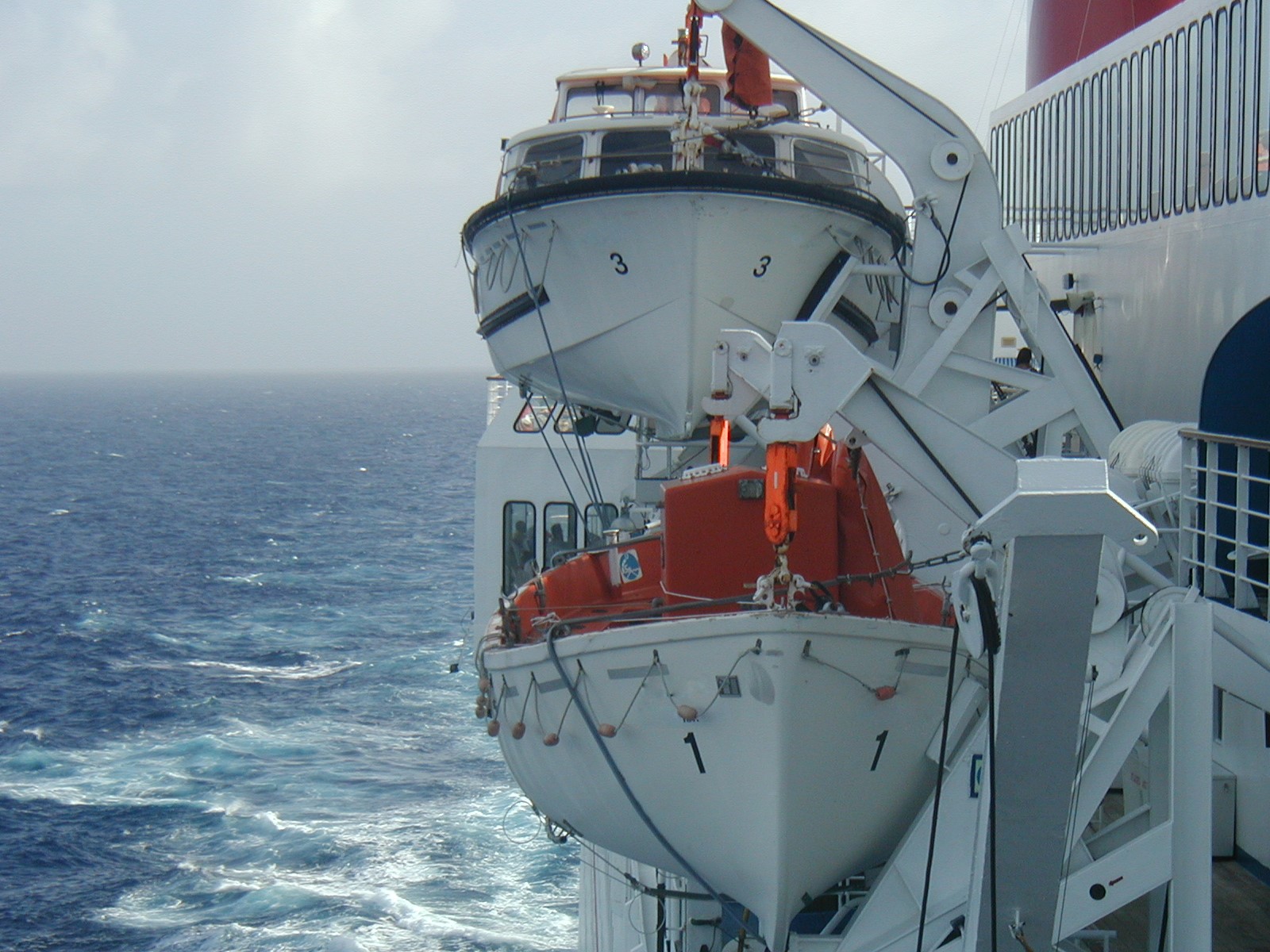Markku Mylly, Executive Director at the European Maritime Safety Agency (EMSA) details how they work with the European Commission to maintain safety and implement EU legislation.
For Europe, maritime transport has been a catalyst of economic development and prosperity throughout its history. Maritime transport enables trade and contacts between all the European nations. It ensures the security of supply of energy, food and commodities and provides the main vehicle for European imports and exports to the rest of the world. Almost 90% of the EU external freight trade is seaborne. Short sea shipping represents 40% of intra- EU exchanges in terms of ton-kilometres. The quality of life on islands and in peripheral maritime regions depends on good maritime transport services. Each year, more than 400 million passengers embark and disembark in European ports. Overall, maritime industries are an important source of employment and income for the European economy.
The maritime industry is crucial to Europe in many ways and the health of that industry depends on maintaining the highest possible standards of safety. EU countries have worked hard to ensure that their own flag fleets have a good safety record and to apply high standards to other ships by inspecting them when they enter EU ports. Generally, the maritime safety record in Europe is good, but everyone can remember the occasions when things have gone disastrously wrong; the names of the Erika and Prestige, the Estonia and most recently the Costa Concordia, are familiar to all.
Working with the European Commission to maintain safety and implement EU legislation
EMSA’s creation came in a package of EU legislation that was developed in response to the Erika casualty. The Agency’s founding regulation 1 establishes it “for the purpose of ensuring a high, uniform and effective level of maritime safety, maritime security, prevention of, and response to, pollution caused by ships as well as response to marine pollution caused by oil and gas installations.”
The Agency’s tasks are set out in the Founding Regulation and reflect the added value that can be achieved by cooperation between EU countries. The basis for this cooperation lies in a body of EU legislation covering a range of safety issues, such as EU recognition of classification societies that survey ships on behalf of Member States; the coordination of inspections of ships in EU ports; standards for seafarer training, certification activities and various technical standards such as those for domestic passenger ships and ro-ro ferries that operate from EU ports.
The Agency assists the Commission in the preparatory work for updating and developing such legal acts and in their effective implementation, in particular by visiting Member States and inspecting classification societies and third countries that train and certify seafarers. The results from a series of these visits and inspections are analysed across the board to identify any potential improvements to the legislation.
In addition the Agency works with the Commission and Member States to organise relevant training activities, provide supplemental pollution response resources and in providing technical assistance to contribute to the work of the technical bodies of the IMO, the International Labour Organisation, and the Paris Memorandum of Understanding on Port State Control (‘Paris MoU’), with regard to matters of EU competence.
At an operational level EMSA has developed and operates information systems such as the EU Long-Range Identification and Tracking Data Centre and the EU’s Maritime Information and Exchange System (SafeSeaNet) which can provide vital ship data and tracking information for use in an emergency or to facilitate measures against threats of piracy and or other intentional unlawful acts. The Agency also helps to improve the identification and response to unlawful discharges by using the European Satellite Oil Monitoring Service (CleanSeaNet) to monitor the extent and environmental impact of such pollution. The Agency analyses safety investigation reports prepared by Member States to identify added value at Union level in terms of lessons to be drawn, and provides reliable and comparable statistics, information and data to enable the Commission and the Member States to take the necessary steps to improve their actions, and to evaluate the effectiveness and cost-efficiency of existing measures.
Challenges involved in maintaining effective levels of maritime safety
Shipping is an international business and the ships that visit the EU are, more often than not, flagged in non-EU countries and subject to the legal regime of their flag state. EMSA’s activities help the Commission and the EU Member States to ensure that all ships that visit or operate in EU waters can expect uniformly high standards to be applied. The activities of monitoring ships and illegal discharges, developing and hosting systems such as THETIS, which is used to coordinate port state inspections, and contributing to the development of cost-effective standards at an international level, all help to fulfil this aim.
1 Regulation (EC) No 1406/2002 of The European Parliament and of the Council of 27 June 2002 establishing a European Maritime
Safety Agency, as amended
Markku Mylly
Executive Director
European Maritime Safety Agency (EMSA)











